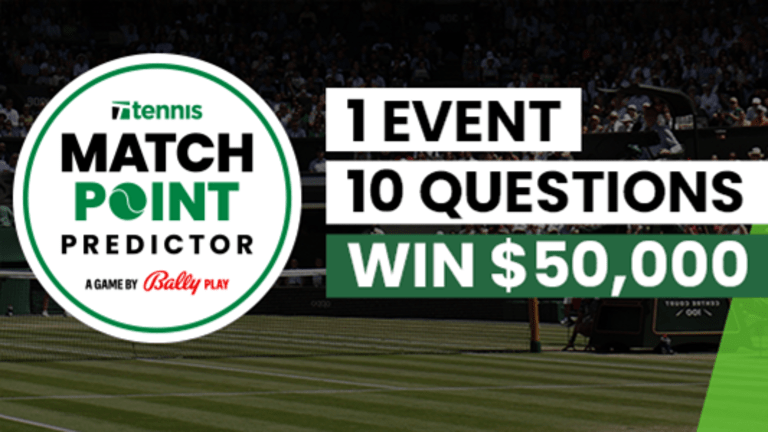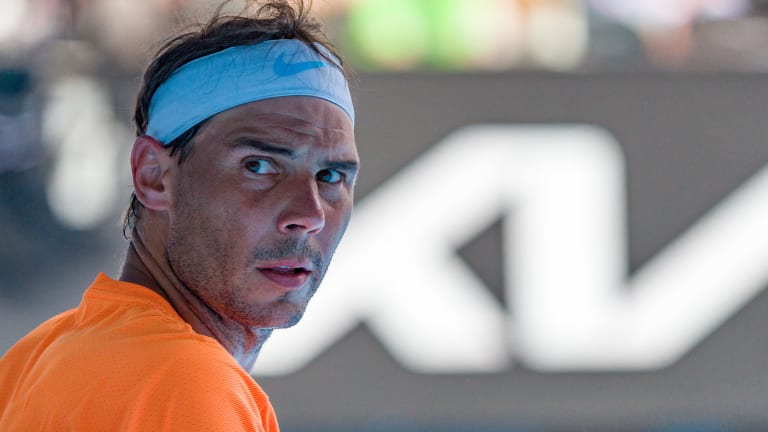Australian Open
Victoria Azarenka and Rafael Nadal, parents with a pair of Australian Open titles, remain focused on the present
By Jan 17, 2023Australian Open
Jannik Sinner does it his way: He chose tennis over skiing and selected his new coaching team
By Jan 31, 2024Australian Open
The State of the ATP: What we learned from the 2024 Australian Open
By Jan 30, 2024Australian Open
'Grandissimo': Italian Premier Giorgia Meloni welcomes home Australian Open champion Jannik Sinner
By Jan 30, 2024Australian Open
The State of the WTA: What we learned from the 2024 Australian Open
By Jan 30, 2024Australian Open
The doubles mastery, and radical fun, of Hsieh Su-Wei
By Jan 29, 2024Australian Open
Pope Francis congratulates Italy after tennis player Jannik Sinner wins the Australian Open
By Jan 29, 2024Australian Open
'I like to dance in the pressure storm,' Jannik Sinner says ... and he did just that in his Australian Open triumph
By Jan 28, 2024Australian Open
First of many? Jannik Sinner's five-set comeback sinks Daniil Medvedev in Australian Open final
By Jan 28, 2024Australian Open
Soccer-mad Italy is now obsessed with tennis player Jannik Sinner after his Australian Open title
By Jan 28, 2024Australian Open
Victoria Azarenka and Rafael Nadal, parents with a pair of Australian Open titles, remain focused on the present
What does the future hold for Vika and Rafa? Stop right there.
Published Jan 17, 2023
Advertising
Advertising

Azarenka next will play 191st-ranked Nadia Podoroska for the first time. Following that, she could meet Madison Keys.
© 2023 Robert Prange
Advertising

MAKE YOUR PICKS, AND YOU COULD WIN BIG
Think you know what'll happen in Wimbledon? Tell us in our Match Point Predictor.
Advertising

It took the top-seeded Nadal three hours and 41 minutes to overcome a rapidly rising lefty, 38th-ranked Jack Draper, 7-5, 2-6, 6-4, 6-1.
© © Andy Cheung / ArcK Images / Getty Images